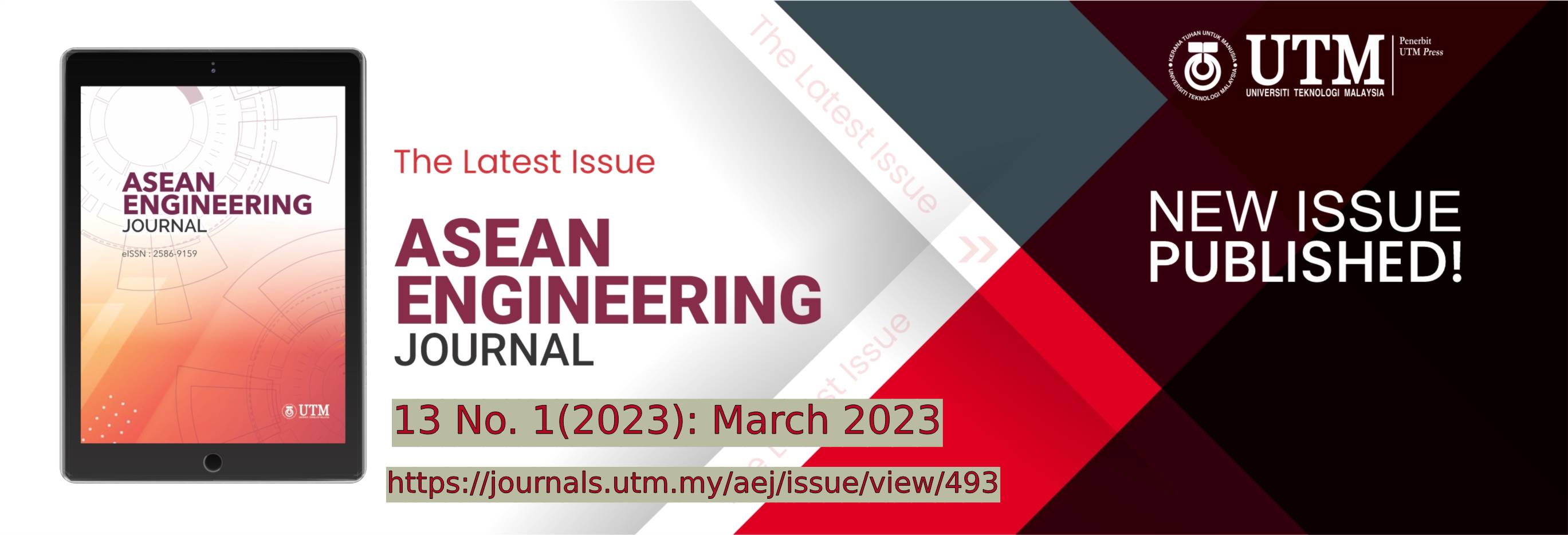SOYBEAN PEST IDENTIFICATION BASED ON CONVOLUTIONAL NEURAL NETWORK AND TRANSFER LEARNING
DOI:
https://doi.org/10.11113/aej.v13.18591Keywords:
CNN, Transfer Learning, Pyramidal convolution, VGG16 model, Features ExtractionAbstract
Despite the fact that the ensemble classifier improved classification precision by integrating texture and colour. However, the significant image preparation process is a laborious and time-consuming. Manually depicting constrained feature extraction can result in a semantic void in a picture. These limits cause inaccuracy of agricultural disease identification. Thus, this study proposes a soybean pest detection method based on a hybrid of Transfer learning and pyramidal convolutional neural networks that can identify soybean pests quickly and accurately on small sample sets. Bean borer, soybean poison moth, mite, stink bug, and pod borer photographs are first pre-processed using standard data improvement methods, and then manually categorized into six groups based on pest characteristics. The weight parameters from the VGG16 model trained on the ImageNet image dataset were then transferred to the recognition of soybean pests using the transfer learning method, and the VGG16 convolutional and pooling layers were used as feature extraction layers, while the top layer was redesigned as a pyramidal convolutional layer, an average pooling layer, and a SoftMax output layer, with some of the convolutional layers frozen during training. According to the testing statistics, the model's average test accuracy is 98.23%, and the model size is only 95.4 M. For bean borer, soybean poison moth, mite, skewed night moth, stink bug, and bean pod moth, the model's recognition accuracy is 96.4, 97.78, 98.12, 98.4, 99.56, and 99.16, respectively. The results of the experiments show that the method has a high identification efficiency and a good recognition effect.
References
Kasinathan, T., & Uyyala, S. R. 2021. Machine learning ensemble with image processing for pest identification and classification in field crops. Neural Computing and Applications, 33(13): 7491–7504. https://doi.org/10.1007/s00521-020-05497-z
Zhang, S. W., Shang, Y. J., & Wang, L. (2015). Plant disease recognition based on plant leaf image. Journal of Animal and Plant Sciences, 25(3): 42–45.
Ferentinos, K. P. 2018. Deep learning models for plant disease detection and diagnosis. Computers and Electronics in Agriculture, 145(January): 311–318. https://doi.org/10.1016/j.compag.2018.01.009
Waheed, A., Goyal, M., Gupta, D., Khanna, A., Hassanien, A. E., & Pandey, H. M. 2020. An optimized dense convolutional neural network model for disease recognition and classification in corn leaf. Computers and Electronics in Agriculture, 175: 105456. DOI: https://doi.org/10.1016/j.compag.2020.105456
Mohanty, S. P., Hughes, D. P., & Salathé, M. 2016. Using deep learning for image-based plant disease detection. Frontiers in Plant Science, 7(September): 1–10. https://doi.org/10.3389/fpls.2016.01419
Liu, Y. Z., Shi, K. M., Li, Z. X., Ding, G. F., & Zou, Y. S. 2021. Transfer learning method for bearing fault diagnosis based on fully convolutional conditional Wasserstein adversarial Networks. Measurement: Journal of the International Measurement Confederation, 180(May): 109553. https://doi.org/10.1016/j.measurement.2021.109553
Krishnamoorthy, N., Narasimha Prasad, L. V., Pavan Kumar, C. S., Subedi, B., Abraha, H. B., & Sathishkumar, V. E. 2021. Rice leaf diseases prediction using deep neural networks with transfer learning. Environmental Research, 198(May): 111275. https://doi.org/10.1016/j.envres.2021.111275
Krizhevsky, B. A., Sutskever, I., & Hinton, G. E. 2012. CNN Practical Training. Communications of the ACM, 60(6): 84–90.
Yosinski, J., Clune, J., Bengio, Y., & Lipson, H. 2014. How transferable are features in deep neural networks? Advances in Neural Information Processing Systems, 4(January): 3320–3328.
Deng, J., Dong, W., Socher, R., Li, L.-J., Li, K., & Fei-Fei, L. (2010). ImageNet: Constructing a large-scale image database. Journal of Vision, 9(8): 1037–1037. https://doi.org/10.1167/9.8.1037
Guo, L., Lei, Y., Xing, S., Yan, T., & Li, N. 2019. Deep Convolutional Transfer Learning Network: A New Method for Intelligent Fault Diagnosis of Machines with Unlabeled Data. IEEE Transactions on Industrial Electronics, 66(9): 7316–7325. https://doi.org/10.1109/TIE.2018.2877090
Lyu, Q., Xia, D., Liu, Y., Yang, X., & Li, R. 2021. Pyramidal convolution attention generative adversarial network with data augmentation for image denoising. Soft Computing, 25(14): 9273–9284. https://doi.org/10.1007/s00500-021-05870-7
Liang, Z., Shao, J., Zhang, D., & Gao, L. 2020. Traffic sign detection and recognition based on pyramidal convolutional networks. Neural Computing and Applications, 32(11): 6533–6543. https://doi.org/10.1007/s00521-019-04086-z
Xiao, Y., Huang, X., & Liu, K. 2021. Model Transferability from ImageNet to Lithography Hotspot Detection. Journal of Electronic Testing: Theory and Applications (JETTA), 37(1): 141–149. https://doi.org/10.1007/s10836-021-05925-5
Pardede Jasman, Benhard, S., Saiful, A., & KhodraMasayu Leylia. 202). Implementation of Transfer Learning Using VGG16 on Fruit Ripeness Detection. International Journal of Intelligent Systems and Applications, 13(2): 52–61. https://doi.org/10.5815/ijisa.2021.02.04
Moon, J., Hossain, M. B., & Chon, K. H. 2021. AR and ARMA model order selection for time-series modeling with ImageNet classification. Signal Processing, 183: 108026. https://doi.org/10.1016/j.sigpro.2021.108026
Moraes, G. S. de O., Ferreira, M. de A., Guim, A., Tabosa, J. N., Chagas, J. C. C., & Almeira, M. de P. 2019. A transfer learning method with deep residual network for pediatric pneumonia diagnosis. Livestock Science, 221: 133–138.
Srivastava, N., Hinton, G., Krizhevsky, A., & Ruslan, I. 2014. Dropout: A Simple Way to Prevent Neural Networks from Overfitting. Physics Letters B, 299(3–4): 345–350. https://doi.org/10.1016/0370-2693(93)90272-J
Ganin, Y., Ajakan, H., Hugo, L., Laviolette, F., & Lempitsky, V. 2016. Domain-adversarial training of neural networks. Otolaryngology - Head and Neck Surgery, 133(4): 562–568. https://doi.org/10.1016/j.otohns.2005.05.012
Chebet ET, Li Y, Sam N, Liu Y. 2019. A comparative study of fine-tuning deep learning models for plant disease identification. Computers and Electronics in Agriculture, 161: 272–9.
















